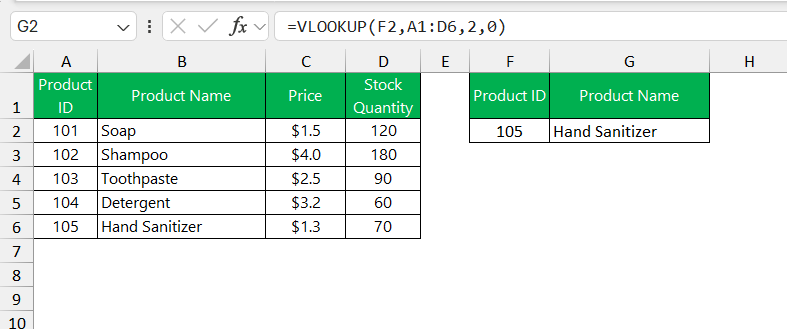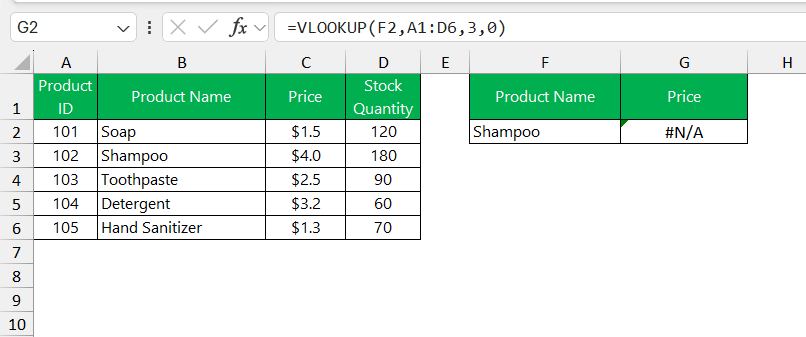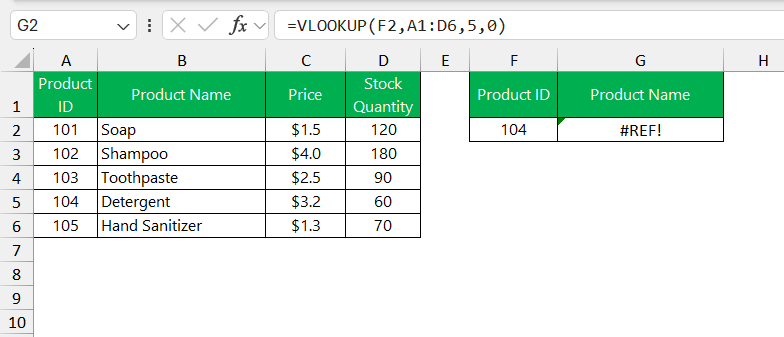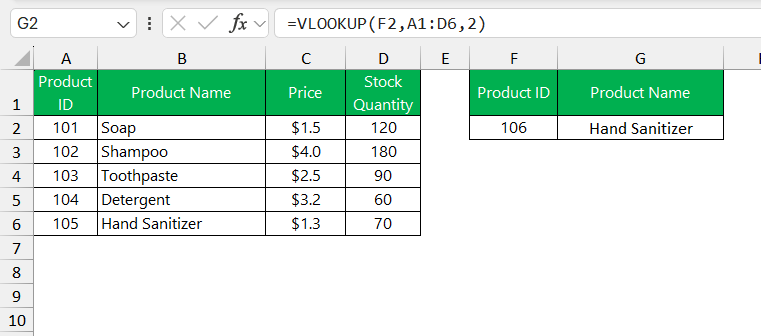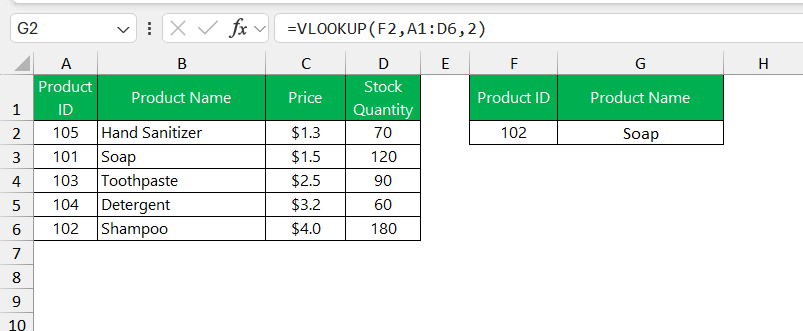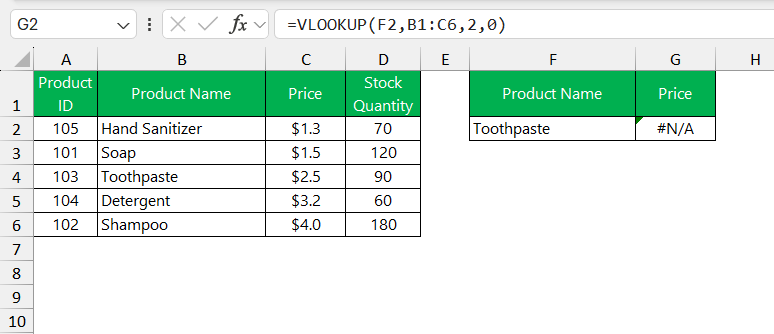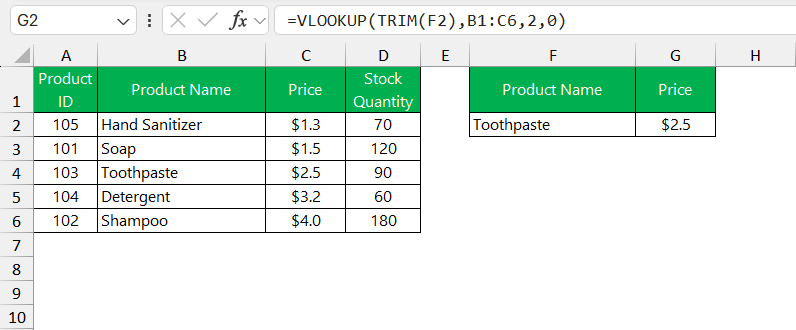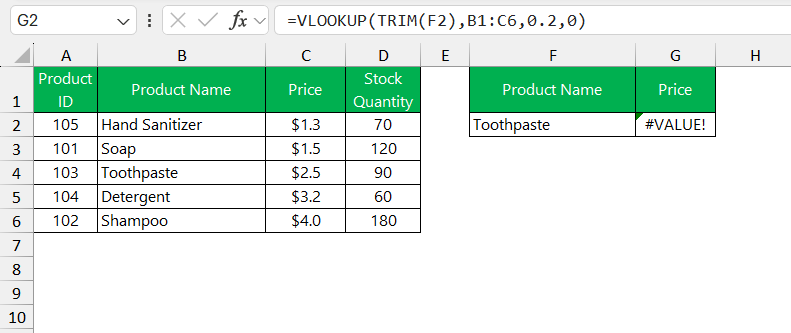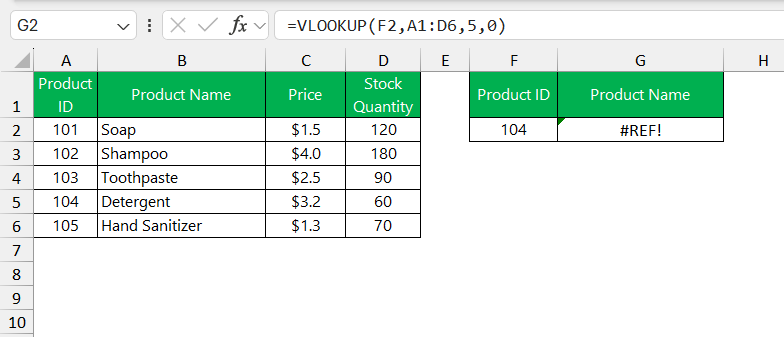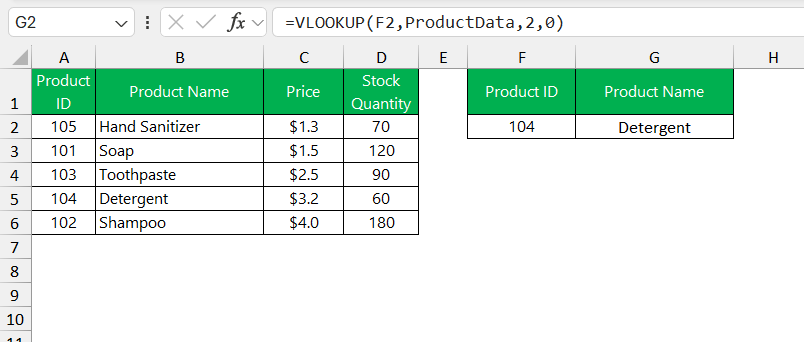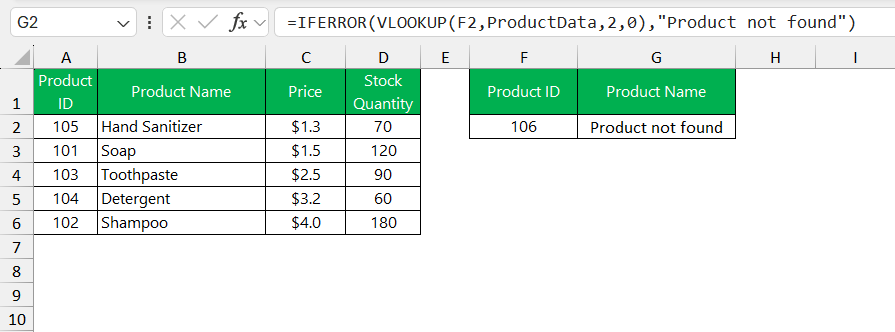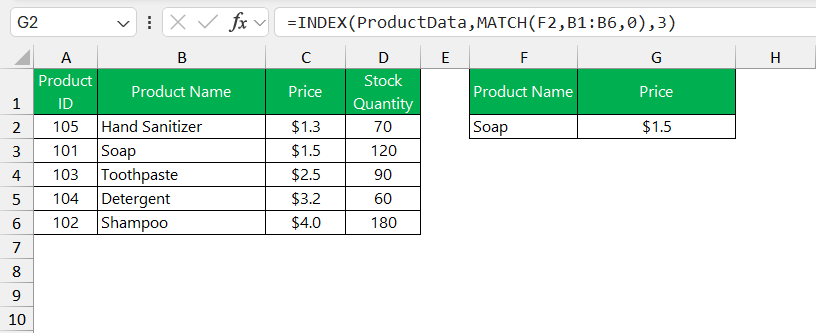When I first started using Excel, I quickly realized how powerful the VLOOKUP function could be. However, like many others, I faced several challenges while using it. Over time, I learned how to troubleshoot and fix common issues with VLOOKUP, and I’d like to share my experiences and tips with you. Understanding why VLOOKUP not working, potential pitfalls and how to troubleshoot and fix the errors effectively.
Key Takeaways:
- Correct Range: Ensure the table_array starts with the lookup value’s column.
- Accurate Column Index: Verify col_index_num matches the correct column number.
- Match Type: Use FALSE for exact matches to avoid incorrect results.
- Sorted Data: Sort data in ascending order when using TRUE for range_lookup.
- Common Errors: Address #N/A, #VALUE!, and #REF! errors by checking for typos, ensuring valid numbers, and proper column indexing.
Table of Contents
Understanding VLOOKUP
Before diving into the fixes, it’s crucial to understand what VLOOKUP does. VLOOKUP stands for “Vertical Lookup.” It allows me to search for a value in the first column of a table and return a value in the same row from another column. The syntax for VLOOKUP is:
=VLOOKUP(lookup_value, table_array, col_index_num, [range_lookup])
Here’s a quick breakdown:
lookup_value: The value I want to search for.table_array: The range of cells that contains the data.col_index_num: The column number in thetable_arrayfrom which to retrieve the value.[range_lookup]: An optional parameter that can be TRUE (approximate match) or FALSE (exact match).
Why VLOOKUP not working?
1. Incorrect Range
One of the first mistakes I made was selecting an incorrect range for the table_array. The lookup value must be in the first column of the specified range. If it’s not, VLOOKUP won’t work correctly. For example, if my data is in column B but I select columns A to D as my range, VLOOKUP will not find the lookup value if it’s in column B.
To fix this, I ensure that my table_array starts with the column containing the lookup value.
2. Wrong Column Index Number
Another issue I encountered was using the wrong col_index_num. This number indicates which column’s value should be returned, starting with 1 for the first column in the table_array. If I input a number greater than the number of columns in the range, I get an error. For example, if my table_array is A1:D6 and I use 5 as the col_index_num, it will return an error because there are only four columns.
To resolve this, I count the columns carefully and double-check my col_index_num.
3. Exact Match vs. Approximate Match
The [range_lookup] parameter can be either TRUE (approximate match) or FALSE (exact match). By default, it’s set to TRUE, which caused problems when I needed an exact match. For instance, if I’m looking for a specific product ID, I need an exact match. I learned to explicitly set it to FALSE if I want an exact match to avoid incorrect results.
=VLOOKUP(lookup_value, table_array, col_index_num)
4. Unsorted Data for Approximate Match
When using TRUE for [range_lookup], my data must be sorted in ascending order. Otherwise, VLOOKUP might return incorrect results. There were times when I forgot to sort my data and got unexpected outcomes. If I can’t sort my data, I always use FALSE to ensure an exact match.
Sorting data before using VLOOKUP with TRUE is essential for reliable results.
5. #N/A Error
The #N/A error is quite common and frustrating. This usually means that the lookup value isn’t found in the first column of the table_array. To fix this, I check for typos or extra spaces in my data. For example, if I’m looking up “Product 1” but the cell contains “Product 1 ” with an extra space, VLOOKUP won’t find it.
I also use the TRIM function to remove any leading or trailing spaces in the lookup value.
6. #VALUE! Error
I encountered this error when I col_index_num wasn’t a number or when my table_array wasn’t properly defined. Ensuring that col_index_num is a valid number and that the table_array references a range of cells fixed this issue for me. For example, if col_index_num is accidentally entered as a text or formula result that is not a valid number, I correct it to a proper numerical value.
7. #REF! Error
This error often appeared when I col_index_num was greater than the number of columns in the table_array. To fix it, I always ensure that col_index_num is within the range of columns in my table_array. For example, if the table_array is A1;D6 and I use 5 as the col_index_num, Excel will return a #REF! error since there are only four columns.
My VLOOKUP Best Practices
Use Named Ranges
To avoid issues with range selection, I started using named ranges. This makes my formulas easier to read and less prone to errors. For example, instead of using B2:D10, I define a named range like ProductData and use it in my formula.
=VLOOKUP(lookup_value, ProductData, 3, FALSE)
Combining with IFERROR
To handle errors gracefully, I often combine VLOOKUP with the IFERROR function. This way, I can provide a default value if VLOOKUP returns an error. For example, if the lookup value is not found, I can display “Not Found” instead of an error.
=IFERROR(VLOOKUP(lookup_value, table_array, col_index_num, FALSE), “Not Found”)
Double-Check Data Types
I always ensure that the data types of my lookup value and the data in the first column of the table_array match. If they don’t, VLOOKUP won’t find a match even if the values look identical. For example, if my lookup value is a number, I ensure the column contains numbers, not text formatted as numbers.
Regularly Update and Clean Data
Keeping my data clean and updated is crucial. I regularly check for duplicates, remove unnecessary spaces, and ensure consistency in data entry. This practice minimizes errors and improves the accuracy of my VLOOKUP results.
Use INDEX and MATCH for More Flexibility
While VLOOKUP is powerful, INDEX and MATCH can offer more flexibility. Unlike VLOOKUP, which requires the lookup column to be the first column, INDEX and MATCH allow me to look up values in any column.
=INDEX(return_range, MATCH(lookup_value, lookup_range, 0),column_num)
This combination provides greater versatility and can handle more complex lookups.
Conclusion
Fixing VLOOKUP issues in Excel has become second nature to me. By understanding the common pitfalls and applying these solutions, I can now use the VLOOKUP function confidently and effectively. I hope my experiences help you troubleshoot and fix any VLOOKUP problems you encounter. Happy Excel-ing!
FAQs
John Michaloudis is a former accountant and finance analyst at General Electric, a Microsoft MVP since 2020, an Amazon #1 bestselling author of 4 Microsoft Excel books and teacher of Microsoft Excel & Office over at his flagship MyExcelOnline Academy Online Course.

